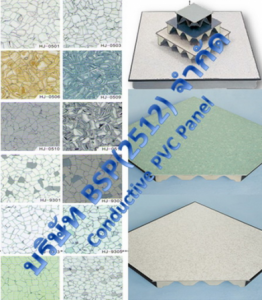A lot of industries need ESD floors to guard against static charges. This is due to electrostatic charges, the electrical charge that is deposited on an insulated object and generates an electromagnetic field that can be generated from both materials and even people. Additionally, it depends on Conductive PVC tilework. ESD floor tiles are utilized to guard against discharges from electricity.
Standards intended to protect electronic and electronic components as well as equipment and assemblies do not have the ability to solve particular issues.
Understanding the mechanism that causes an object charged by electrostatics quickly discharge onto another one is crucial in understanding ESD problems. The electrostatic induction phenomenon is related to the distribution or redistribution of an object’s electric charge caused by the impact (electrostatic field) on a nearby charge. Think about it as if an ESDS device is placed on a mat on the ground in close proximity to an electrical field. The object that is charged is placed across the table. This device’s power is at zero since the device is grounded. The ESDS device loses or absorbs electrons once it is removed from its mat. If the device is in the contact with any conducting it could discharge, causing the device to fail.

ESD flooring is a fantastic option for those who want protection from static discharge. ESD flooring constructed of top-quality products and footwear that conducts electricity will maintain the body’s voltage to less than 10 Volts. This can eliminate most HBM risks. ESD floors can be easily checked for discharge from HBM. They will test for HBM discharge. ESD floor will eliminate any accumulation of charges when the voltage is close to zero when feet are lifted. The ESD floor won’t eliminate static charges even if the person is still astonished when he lifts his feet.